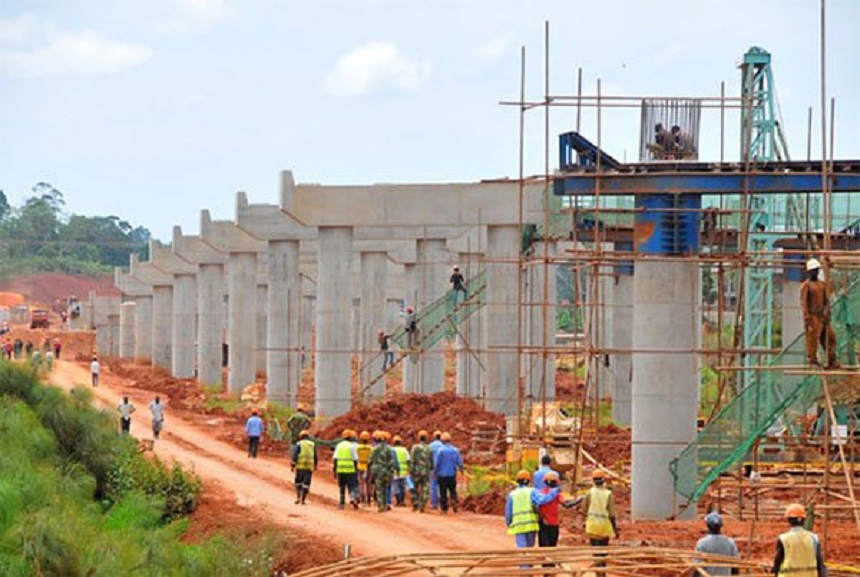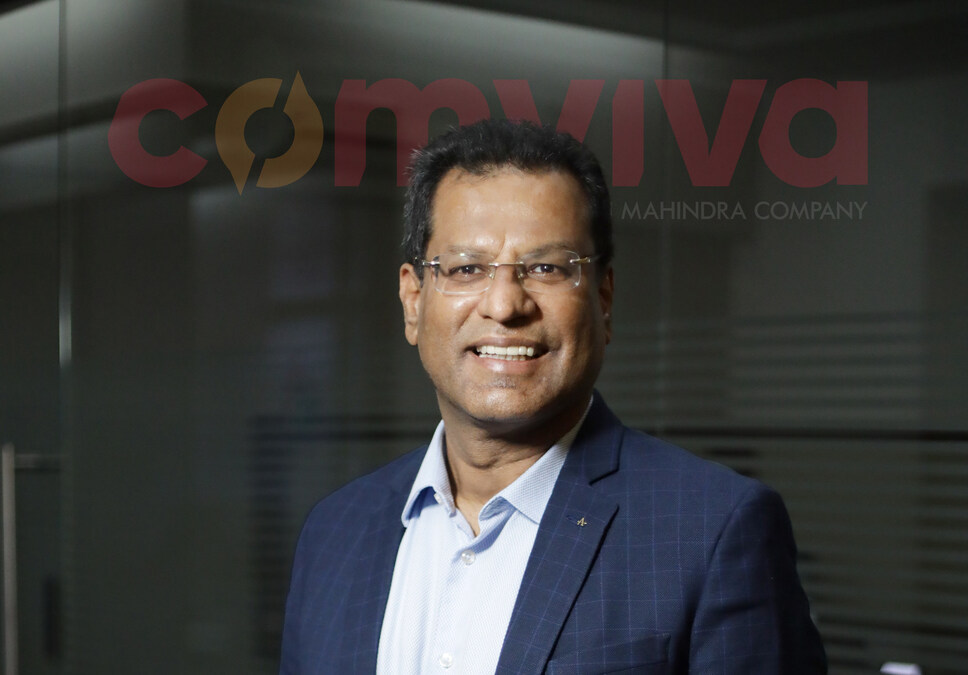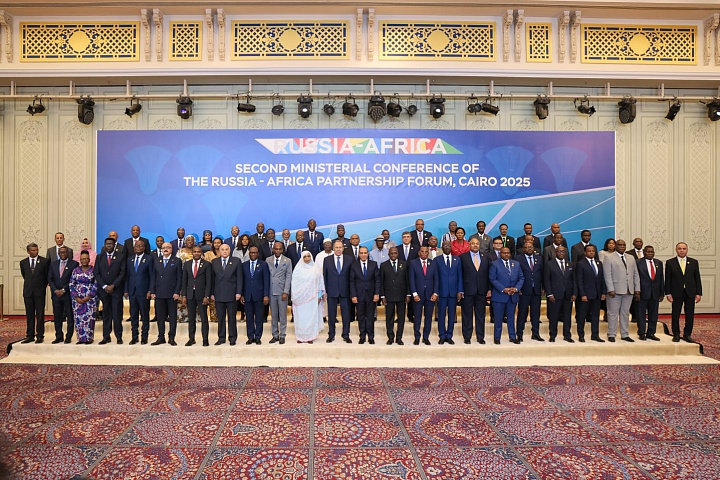World
Spotlight on Infrastructure Development in Africa at Expo 2020

By Kester Kenn Klomegah
During the two-day high-level conference held within EXPO-2020 in Dubai, the African Union Commission (AUC) and the African Union Development Agency-NEPAD (AUC-NEPAD) presented a number of strategic continental infrastructure and energy projects for potential foreign investors, the aggregate cost undisclosed.
The exhibition, originally scheduled for last year was postponed due to the COVID-19 pandemic. The Expo 2020 was officially opened on 30 September 2021 and operates until March 2022.
The conference on Infrastructure Development in Africa also featured high-level personalities and thought leaders from the continent, articulating the African vision for transformational infrastructure, while engaging stakeholders on the effective delivery of infrastructure and energy in Africa.
“We believe that Africa’s better days lie ahead of us. Appropriate infrastructure is a prerequisite for implementing the African Continental Free Trade Area (AfCFTA). However, the lack of well-prepared and bankable infrastructure projects has been a major constraint. This is why we are working with AUDA-NEPAD, AfDB and other partners in the NEPAD Project Preparation Facility, encouraging strategic partnerships with the private sector,” Hon. Raila Odinga, the AU Higher Representative on Infrastructure Development in Africa, said during the opening session.
Ibrahim Mayaki, Chief Executive Officer of the AUDA-NEPAD CEO, noted “Infrastructure is not about economic transformation alone, but the transformation of people’s livelihoods.” This was in agreement with Atef Marzouk, Acting Director of Infrastructure and Energy at the AUC, who also emphasized that infrastructure development is not an end in itself, but a means to an end.
The conference highlighted, among others, the recently adopted Second Phase of the Programme for Infrastructure Development in Africa (PIDA-PAP2). “Before the onset of PIDA, regional infrastructure projects were not prioritized. When we moved from PIDA Priority Action Plan 1 to PIDA Priority Action Plan 2, we took on a corridor approach, in order for us to think beyond country boundaries. The corridor approach is the main change in paradigm in our continent’s infrastructure development. Africa is therefore ready for investment – it has gone through a process of consultation, prioritization and development of tools with strong political will,” Mayaki said.
The second PIDA Priority Action Plan, known as PIDA-PAP 2 (2021-2030) has adopted the Integrated Corridor Approach, a multi-infrastructure corridor approach to infrastructure development that works toward a more prosperous Africa by emphasizing projects that maximize job creation and climate friendliness. The approach also contributes to continental integration by prioritizing projects that improve connectivity between urban and rural areas and link different infrastructure sectors.
Symerre Grey-Johnson, AUDA-NEPAD’s Director of Technical Cooperation and Programme Funding, pointed out that projects in PIDA-PAP 2 were curated this way to also guarantee a people-driven Africa as they strengthen the role of women through gender-sensitive infrastructure development.
Amine Adoum, AUDA-NEPAD’s Director of Programme Delivery and Coordination Directorate, explained: “The objective of regional integration is to facilitate movement of people, goods and services, a bottleneck in the realization of Agenda 2063. Hence the corridor development is an integral part for regional integration and realizing of the AfCFTA goals together with PIDA-PAP 2.”
Adoum also expounded on the importance of other infrastructure sectors and the tools that have been developed to accelerate the implementation of continental and regional projects. “Energy corridors are also important hence we are working towards implementing the Continental Power System Master Plan. Three tools that have been developed to accelerate infrastructure projects rollout are: the Service Delivery Mechanism, the Continental Business Network (validated by the African Union), and the publishing of de-risking infrastructure projects in Africa reports,” Adoum declared.
Participants at the event also learnt that financial viability was taken into consideration for all PIDA-PAP2 projects, with new partners sought. Robert Lisinge Chief, Operational Quality Section at United Nations Economic Commission for Africa, clustered the partnerships for Africa’s infrastructure development into the following:
Green Funds – PIDA projects are eligible for financing through green funds, including road, water and energy projects.
Impact Investors – Impact investors are important as inclusiveness is a major component of PIDA-PAP 2 projects, aimed at improving the well-being and livelihoods of African citizens
Public-Private Partnerships
Strategic Partnerships
The importance of financing for infrastructure was also brought to the fore, in a session led by Towela Nyirenda-Jere, the Head of Economic Integration at AUDA-NEPAD. She informed the conference participants that African Heads of State approved 69 PIDA-PAP 2 projects. “Therefore, more investments are needed for infrastructure with the opportunities that the AfCFTA) brings,” Towela said.
The PIDA PAP II consist of 28 transport projects, 18 energy projects, 12 water projects, and 11 Information Communication Technology projects. PIDA-PAP 2, as the second PIDA priority action plan will run for the period 2021 to 2030. This portfolio is based on an inventory of projects proposed by Regional Economic Communities and African Union Member States as one of the key deliverables in Africa’s Agenda 2063 towards the continent’s development.
World
Comviva Wins at IBSi Global FinTech Innovation Award

By Modupe Gbadeyanka
For transforming cross-border payments through its deployment with Global Money Exchange, Comviva has been named Best In-Class Cross Border Payments.
The global leader in digital transformation solutions clinched this latest accolade at the IBS Intelligence Global FinTech Innovation Award 2025.
The recognition highlights how Comviva’s mobiquity Pay is helping shape a modern cross-border payment ecosystem that stretches far beyond conventional remittance services.
Deployed as a white label Wallet Platform and launched as Global Pay Oman App, it fulfils GMEC’s dual vision—positioning itself as an innovative payment service provider while digitally extending its core money transfer business.
The solution allows GMEC to offer international money transfers alongside seamless forex ordering and other services. These capabilities sit alongside a broad suite of everyday financial services, including bill and utility payments, merchant transactions, education-related payments, and other digital conveniences — all delivered through one unified experience.
“This award is a testament to Oman’s accelerating digital transformation and our commitment to reshaping how cross-border payments serve people and businesses across the Sultanate.
“By partnering with Comviva and bringing the Global Pay Oman Super App, we have moved beyond traditional remittance services to create a truly inclusive and future-ready financial ecosystem.
“This innovation is not only enhancing convenience and transparency for our customers but is also supporting Oman’s broader vision of building a digitally empowered economy,” the Managing Director at Global Money Exchange, Subromoniyan K.S, said.
Also commenting, the chief executive of Comviva, Mr Rajesh Chandiramani, said, “Cross-border payments are becoming a daily necessity, not a niche service, particularly for migrant and trade-linked economies.
“This recognition from IBS Intelligence validates our focus on building payment platforms that combine global reach with local relevance, operational resilience and a strong user experience. The deployment with Global Money Exchange Co. demonstrates how mobiquity® Pay enables financial institutions to move beyond remittances and deliver integrated digital services at scale.”
“The deployment of mobiquity Pay for GMEC showcases how scalable, API-driven digital wallet platforms can transform cross-border payments into seamless, value-rich experiences.
“By integrating remittances, bill payments, forex services, and AI-powered engagement into a unified Super App, Comviva has reimagined customer journeys and operational agility.
“This Best-in-Class Cross-border Payments award win stands as a testament to Comviva’s excellence in enabling financial institutions to compete and grow in a digitally convergent world,” the Director for Research and Digital Properties at IBS Intelligence, Nikhil Gokhale, said.
World
Russia Renews Africa’s Strategic Action Plan

By Kestér Kenn Klomegâh
At the end of an extensive consultation with African foreign ministers, Russian Foreign Minister, Sergey Lavrov, has emphasized that Moscow would advance its economic engagement across Africa, admittedly outlining obstacles delaying the prompt implementation of several initiatives set forth in Strategic Action Plan (2023-2026) approved in St. Petersburg during the Russia-Africa Summit.
The second Ministerial Conference, by the Russian Foreign Ministry with support from Roscongress Foundation and the Arab Republic of Egypt, marked an important milestone towards raising bilateral investment and economic cooperation.
In Cairo, the capital city of the Arab Republic of Egypt, Lavrov read out the final resolution script, in a full-packed conference hall, and voiced strong confidence that Moscow would achieve its strategic economic goals with Africa, with support from the African Union (AU) and other Regional Economic blocs in the subsequent years. Despite the complexities posed by the Russia-Ukraine crisis, combined with geopolitical conditions inside the African continent, Moscow however reiterated its position to take serious steps in finding pragmatic prospects for mutual cooperation and improve multifaceted relations with Africa, distinctively in the different sectors: in trade, economic and investment spheres, education and culture, humanitarian and other promising areas.
The main event was the plenary session co-chaired by Russian Foreign Minister Sergey Lavrov and Egyptian Minister of Foreign Affairs, Emigration, and Egyptians Abroad Bashar Abdelathi. Welcome messages from Russian President Vladimir Putin and Egyptian President Abdelhak Sisi were read.
And broadly, the meeting participants compared notes on the most pressing issues on the international and Russian-African agendas, with a focus on the full implementation of the Russia-Africa Partnership Forum Action Plan for 2023-2026, approved at the second Russia-Africa Summit in St. Petersburg in 2023.
In addition, on the sidelines of the conference, Lavrov held talks with his African counterparts, and a number of bilateral documents were signed. A thematic event was held with the participation of Russian and African relevant agencies and organizations, aimed at unlocking the potential of trilateral Russia-Egypt-Africa cooperation in trade, economic, and educational spheres.
With changing times, Africa is rapidly becoming one of the key centers of a multipolar world order. It is experiencing a second awakening. Following their long-ago political independence, African countries are increasingly insisting on respect for their sovereignty and their right to independently manage their resources and destiny. Based on these conditions, it was concluded that Moscow begins an effective and comprehensive work on preparing a new three-year Cooperation and Joint Action Plan between Russia and Africa.
Moreover, these important areas of joint practical work are already detailed in the Joint Statement, which was unanimously approved and will serve as an important guideline for future work. According to reports, the Joint Statement reflects the progress of discussions on international and regional issues, as well as matters of global significance.
Following the conference, the Joint Statement adopted reflects shared approaches to addressing challenges and a mutual commitment to strengthening multifaceted cooperation with a view to ensuring high-quality preparation for the third Russia-Africa Summit in 2026.
On December 19-20, the Second Ministerial Conference of the Russia-Africa Partnership Forum was held in Cairo, Egypt. It was held for the first time on the African continent, attended by heads and representatives of the foreign policy ministries of 52 African states and the executive bodies of eight regional integration associations.
World
TikTok Signs Deal to Avoid US Ban

By Adedapo Adesanya
Social media platform, TikTok’s Chinese owner ByteDance has signed binding agreements with United States and global investors to operate its business in America.
Half of the joint venture will be owned by a group of investors, including Oracle, Silver Lake and the Emirati investment firm MGX, according to a memo sent by chief executive, Mr Shou Zi Chew.
The deal, which is set to close on January 22, 2026 would end years of efforts by the US government to force ByteDance to sell its US operations over national security concerns.
It is in line with a deal unveiled in September, when US President Donald Trump delayed the enforcement of a law that would ban the app unless it was sold.
In the memo, TikTok said the deal will enable “over 170 million Americans to continue discovering a world of endless possibilities as part of a vital global community”.
Under the agreement, ByteDance will retain 19.9 per cent of the business, while Oracle, Silver Lake and Abu Dhabi-based MGX will hold 15 per cent each.
Another 30.1 per cent will be held by affiliates of existing ByteDance investors, according to the memo.
The White House previously said that Oracle, which was co-founded by President Trump’s supporter Larry Ellison, will license TikTok’s recommendation algorithm as part of the deal.
The deal comes after a series of delays.
Business Post reported in April 2024 that the administration of President Joe Biden passed a law to ban the app over national security concerns, unless it was sold.
The law was set to go into effect on January 20, 2025 but was pushed back multiple times by President Trump, while his administration worked out a deal to transfer ownership.
President Trump said in September that he had spoken on the phone to China’s President Xi Jinping, who he said had given the deal the go ahead.
The platform’s future remained unclear after the leaders met face to face in October.
The app’s fate was clouded by ongoing tensions between the two nations on trade and other matters.
-

 Feature/OPED6 years ago
Feature/OPED6 years agoDavos was Different this year
-
Travel/Tourism9 years ago
Lagos Seals Western Lodge Hotel In Ikorodu
-

 Showbiz3 years ago
Showbiz3 years agoEstranged Lover Releases Videos of Empress Njamah Bathing
-

 Banking7 years ago
Banking7 years agoSort Codes of GTBank Branches in Nigeria
-

 Economy3 years ago
Economy3 years agoSubsidy Removal: CNG at N130 Per Litre Cheaper Than Petrol—IPMAN
-

 Banking3 years ago
Banking3 years agoFirst Bank Announces Planned Downtime
-

 Banking3 years ago
Banking3 years agoSort Codes of UBA Branches in Nigeria
-

 Sports3 years ago
Sports3 years agoHighest Paid Nigerian Footballer – How Much Do Nigerian Footballers Earn













